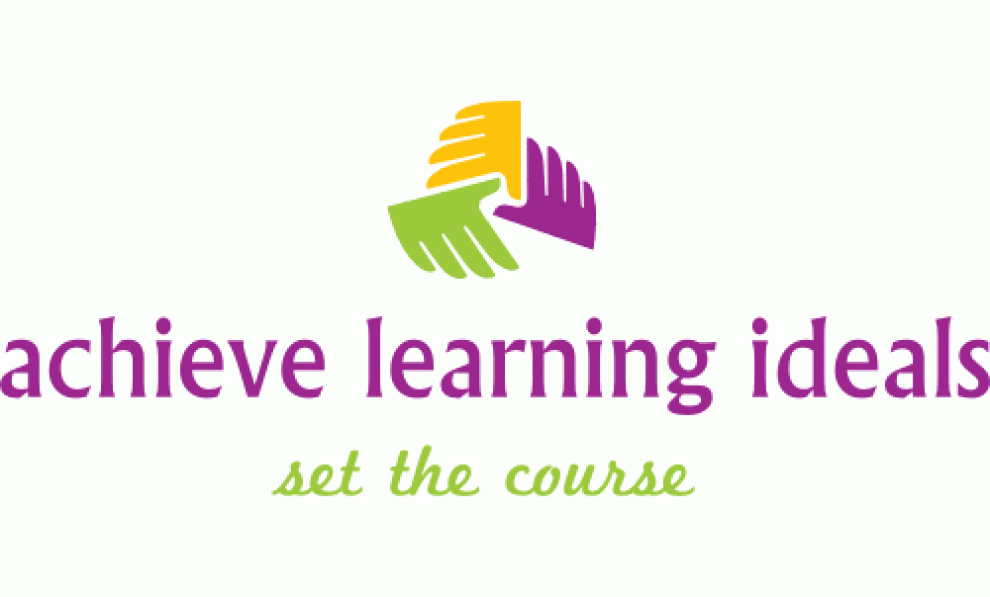If you want your children to improve, let them overhear the nice things you say about them to others. Haim Ginott (Columbia University)
Over thirty years of teaching and working with both children and adults and the validity of the statement quoted above remains strong-and not merely for children- Any administrator would do well to focus on reinforcing strengths – a teacher’s strength, a parent’s strength, a volunteer’s strength, and a community’s strength – and in this way when the focus is on encouraging the positive any negative that might need to be addressed is seen as what it is – simply a deficit that could be improved with strong positive action.
Brainstorm- separately and together to decide if it will take a combined effort or requires looking outside the community to enhance a program, apply a solution or indeed access much needed funding; each School Culture being unique but the overall goals being similar: to enhance and encourage student growth and development, to see sustainable growth over the years, and most importantly to recognize students, families and the “school family” as all a part of the solution, each participant leading rather than simply following the leader for then respect between and amongst the parents and their children has a space within which to Grow.
Summer is traditionally not merely “time off” for Educators and many students it is also a reflective period; though now with year round schooling in places, summer learning programs, emphasis on camps and the competition for some camps as strong as the competition for some Academic programs, much needed Reflective time is often ignored. Personally I create a T bar on a scrap piece of paper and on one side begin listing all the positives; by the time that one side is full, the other side is often close to blank or has only the truly major needs for the coming weeks and I am able to smile at what is the positive as I approach anew. And when active, the time to “worry and fret” is minimal so that actions towards clearing the residual issues produce results-even if not always bankable results. This bankability is what affects many an educational institution, even ones not interested in labelling themselves an institution such as small tutoring practices, or community resource outlets, or student led activities that to the students fill their personal need but aren’t expected to become formalized. And with each active participatory endeavor, adults and children come closer to uncovering their personal goals, dreams, and talents, while remaining the most important resource any Educational environment should be working with!
My positive side nearly always begins with names-the people I am pleased to Thank. So on this very warm July morning, armed with a cup of strong coffee and a pencil I will exit my computer for a brief reflective practice, and bask briefly in the warmth that considering the positive allows. Try it!
